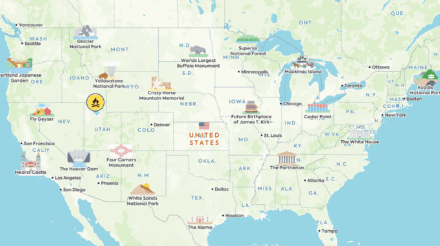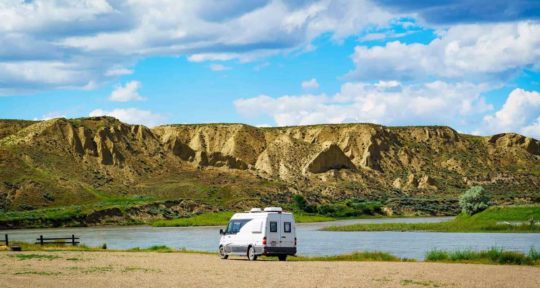Like many families, we love to travel—but unlike most families, we have to consider accessibility every step of the way for a successful family vacation. From restaurants to accommodations to attractions, we can’t visit unless we can access them.
My family of five consists of myself, my husband, and three daughters. Our middle daughter is a wheelchair user—to be more specific, a power wheelchair user. That distinction is important because her wheelchair alone weighs more than 350 pounds. And while it’s sometimes feasible—although still not easy or considered accessible—for a person in a manual wheelchair to be bumped over the occasional curb or a single step, that’s simply not an option for our family.
The Americans with Disabilities Act (ADA) was signed into law more than 30 years ago, ensuring that all public spaces must be accessible for disabled people—but unfortunately, that is not the reality in a lot of places.
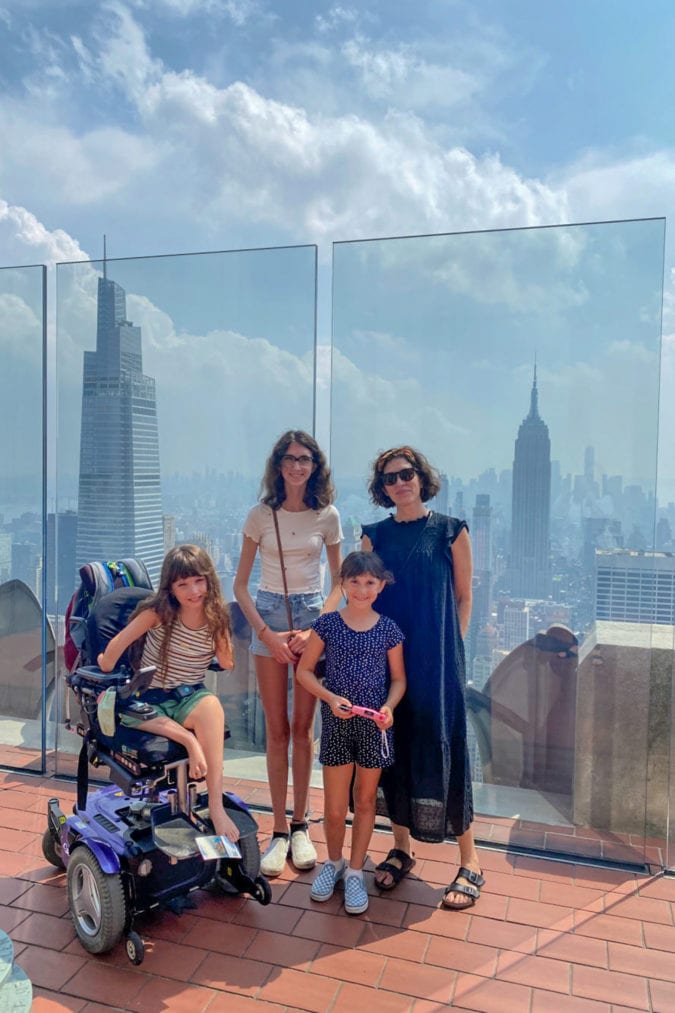
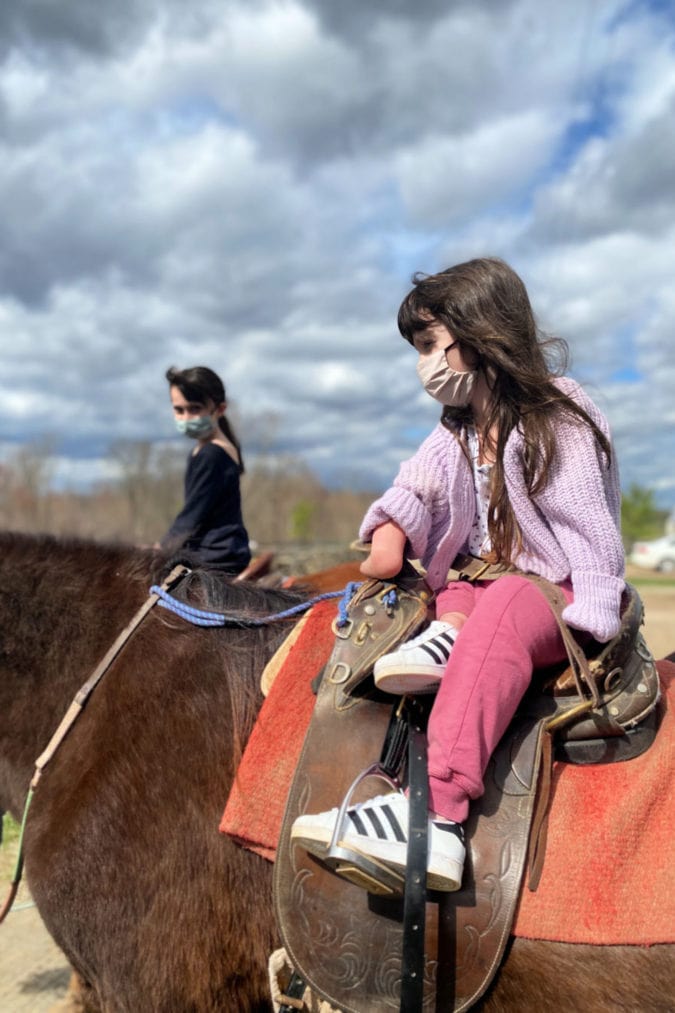
Many businesses don’t plan for accessibility. Some even believe that if their building existed before 1990—when the ADA was signed into law—they don’t have to abide by the ADA. This is false, and businesses that don’t follow ADA compliance are in violation of the law. However, the only way to hold these businesses accountable is for private citizens, usually disabled individuals, to sue them, which is often prohibitively expensive and time-consuming.
I share this to help non-disabled individuals understand the burden of inaccessibility in our everyday lives. For example, if we’re going to a new restaurant, we must call ahead to see if it’s accessible. We then have to explain what we mean by accessible and ask more questions: Do you have even one step to enter your building? Is your bathroom big enough for a wheelchair to fit? You might be surprised by how often the answer is “no.”
As we continue to push for more accessibility, we still explore our beautiful world through travel as best as we can. Here are a few things I’ve learned along the way when planning an accessible family road trip.
Booking accessible lodging
Finding accessible places to stay is usually what requires the most time and effort ahead of time. If we’re going to stay in a hotel or motel, we simply request an accessible room.
However, we typically like to stay in vacation rental properties, like Airbnb or VRBO residences, so we can have an entire home or apartment to ourselves. And while Airbnb has settings to search for accessible residences, property owners often don’t understand what “accessible” actually means.
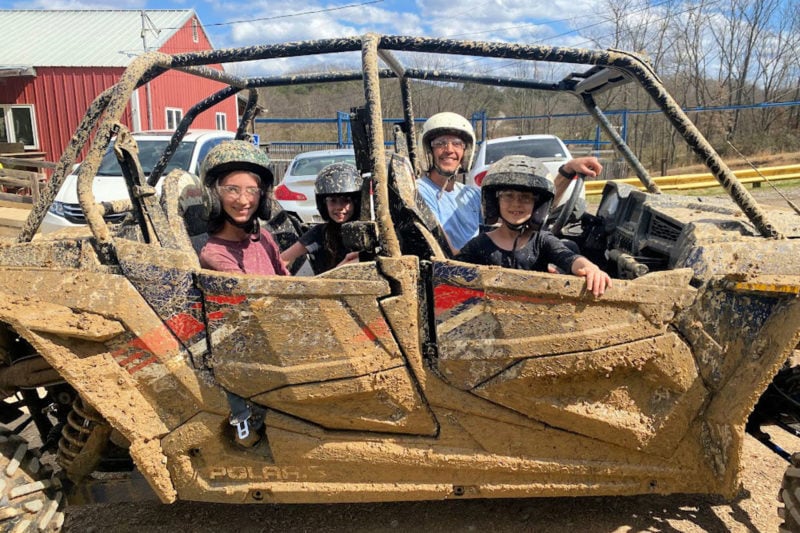
We regularly see homes listed as “accessible” despite entire staircases leading to each entry point. Or we see the reverse—a home with a flat, zero-clearance entry point that’s not listed as accessible. Therefore, until Airbnb and other travel sites take the necessary steps to ensure better accessibility, my advice is to examine the listing photos closely. Look at the entry points and other access needs, like wider hallways or accessible bathrooms. Then, follow up with emails and be very specific about your access needs. I make it clear that we need zero steps to enter the home or apartment, and I usually ask for extra photos for assurance.
After our stay, I ask the host to make sure they list their home as accessible (if they haven’t already) and provide more specific photos of accessibility features. It’s a small thing, but if I can make it a little easier for other families with access needs to book an accessible vacation rental, then all the better.
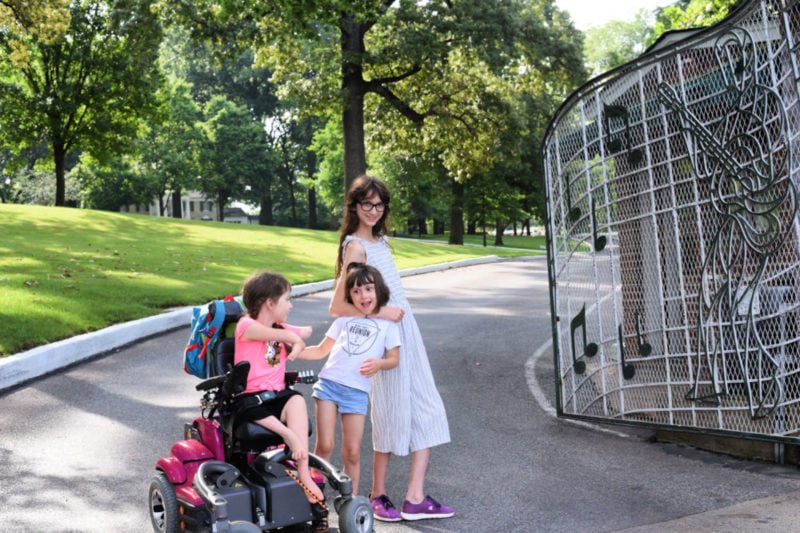
Give yourself extra time
Traveling with a wheelchair user takes more time—time to inquire about access, finding van accessible parking, loading and unloading, sometimes needing to take an alternative accessible entrance, waiting for a business to set up a ramp, and so on. I never plan a packed itinerary in order to give ourselves plenty of time to get from one place to another.
5 of the best wheelchair-accessible hiking trails in the U.S.
Listen to your children
As much as we strive to do accessible activities and make the inaccessible accessible, there are still places and activities our middle daughter can’t fully enjoy, but that our other kids can. Last March we spent a week in Hocking Hills, Ohio. One of the reasons we visited is because one of its popular sights, Ash Cave, is accessible.
It’s rare to find a beautiful and lush outdoor space that’s also wheelchair accessible. And there was another hike in Hocking Hills that was (mostly) accessible as well. However, most of the hikes were not wheelchair accessible. My middle daughter consented to being carried in a hiking backpack for one hike, but after that she didn’t want to be carried anymore.
As parents, we want to give our child access to all of the sights, but it’s more important that we respect her autonomy and her desire not to be carried. We also feel that it’s important that our other daughters get to experience things they want to see and do. So we take turns shifting activities where one of us stays back with our middle daughter, while the other parent takes the other two girls to an activity.
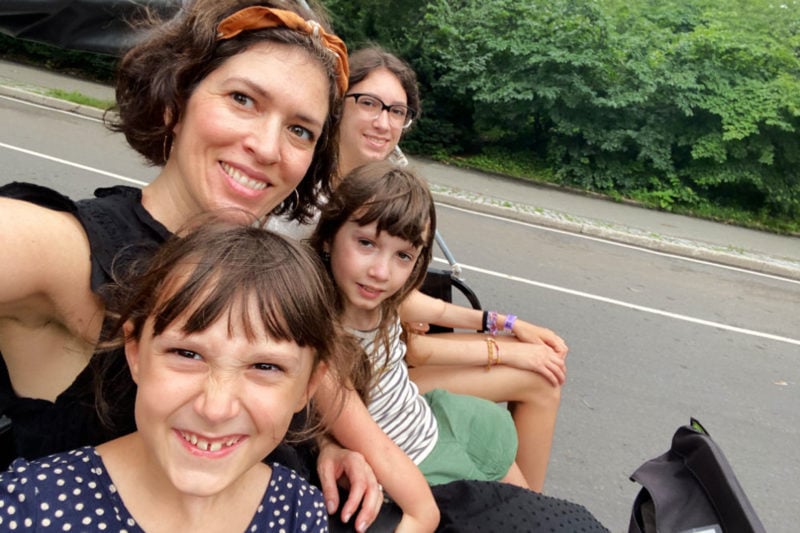
Ask for access
It’s not always obvious if accommodations can be made for specific activities, but it’s always worth asking. In Hocking Hills, we wanted to go horseback riding but weren’t sure if any place had the proper accessible equipment. We called around and found a welcoming and accommodating option. As it turns out, my middle daughter didn’t need any special equipment. The staff was patient and willing to problem-solve with us so that we could all enjoy an afternoon of horseback riding.
Do your best and forgive the rest
I don’t plan family vacations that center around activities our middle daughter can’t do. At the same time, I don’t want to keep our other daughters from experiencing things just because their sister can’t. So we simply do our best.
My oldest daughter fell in love with roller skating last summer and the rest of our family also bought roller skates. My husband made a modified Segway for our middle daughter as her recreational wheels, but it’s not the same.
On a family road trip last summer we brought our roller skates and Segway, and spent quite a bit of time roller skating in Philadelphia. Our oldest daughter loved it, but our middle daughter, not so much. The pendulum swings the other way as well—there are times we don’t do things because of the lack of access and there are times we do things despite the lack of access. Neither option is ideal, but we’re doing our best. And that’s really all you can do.
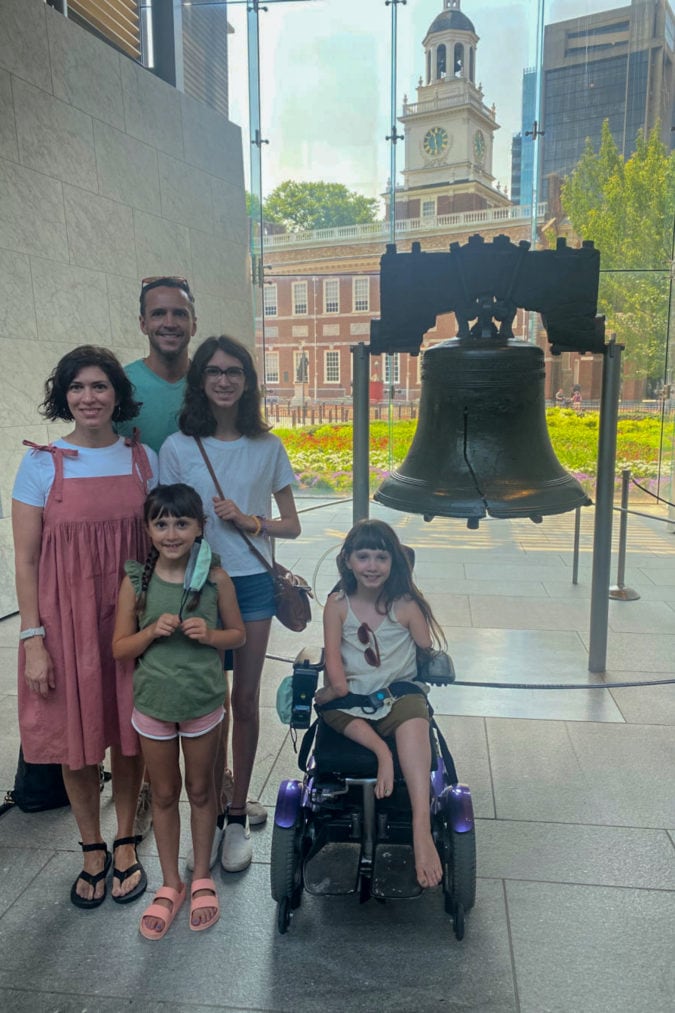
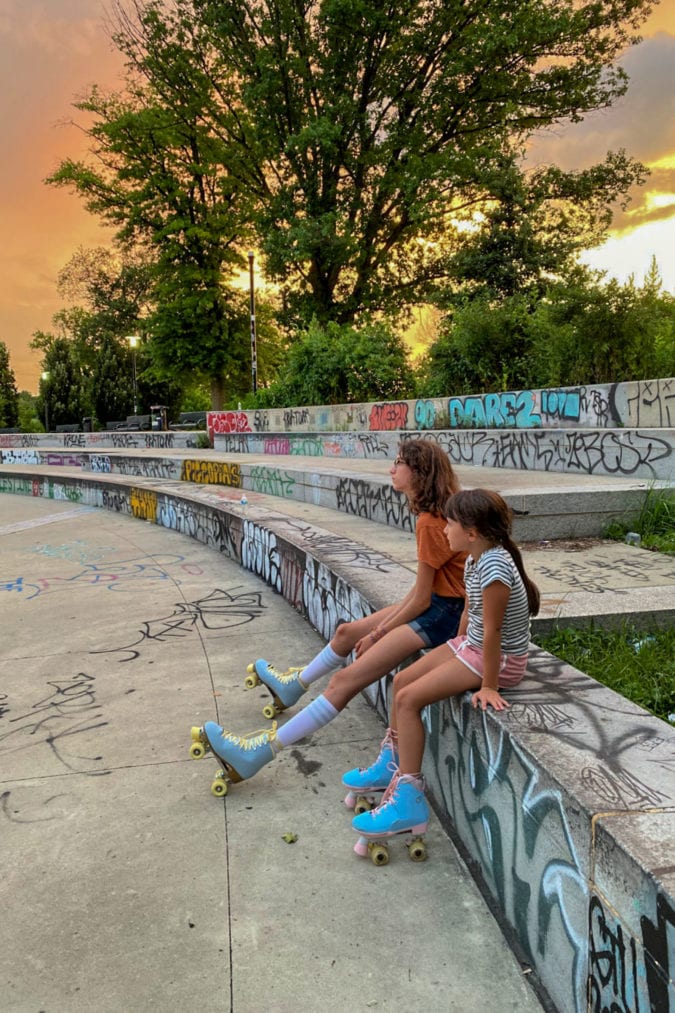
Helpful resources
Some of these resources I’ve found online and others have been recommended to me. I hope you’ll find them as useful as I do.
- Curb Free with Cory Lee: Cory Lee is an accessible travel writer. I love following him on Instagram for specific travel tips, like how to book an accessible taxi in New York City. I save his posts for the places I want to travel with my family.
- Wheelmap: An online map where you can search, find, and mark wheelchair-accessible places.
- Accessible Holiday Escapes: A family-run, multi-award-winning accessible travel website. There are more than 50 accessibility search options to help travelers with disabilities.
- Wheelchair Travel: A guide to wheelchair-accessible destinations around the world.
- AccessNow: An app and online map for finding, reviewing, and sharing accessible places worldwide.

